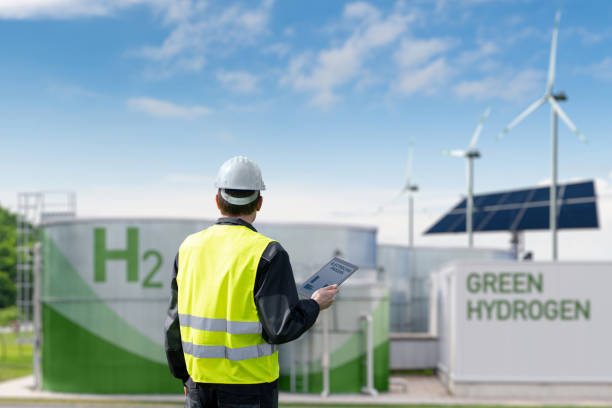A Dive into the World of Hydrogen Fuel Cell Vehicles
The automotive industry is an ever-changing landscape, perpetually evolving in response to technological advancements and environmental concerns. One such development gaining traction is Hydrogen Fuel Cell Vehicles (HFCVs). This innovative technology offers a compelling alternative to traditional combustion engines, marking a new era for sustainable driving.

A Historical Perspective: Hydrogen Fuel Cell Vehicles
The idea of using hydrogen as a fuel source dates back to the 19th century, sparked by the work of Sir William Grove in 1839. He conceptualized the ‘gas voltaic battery,’ essentially the first fuel cell. The automotive application of hydrogen fuel cells, however, didn’t come into play until the 1960s, when General Motors introduced the Electrovan, the world’s first hydrogen fuel cell vehicle. This was a pioneering step, but the technology was far from being ready for mass production.
Understanding Hydrogen Fuel Cell Technology
The core of a hydrogen fuel cell vehicle is its fuel cell stack. This stack converts hydrogen and oxygen into electricity, which powers the vehicle’s electric motor. The only by-product of this process is water vapor, making HFCVs a zero-emission technology. Hydrogen fuel cell technology is not only eco-friendly but also boasts excellent energy efficiency and longer driving range compared to conventional electric vehicles.
The Current State of Hydrogen Fuel Cell Vehicles
Today, HFCVs are no longer confined to research labs or auto shows. Several automotive manufacturers, including Toyota, Hyundai, and Honda, have released hydrogen fuel cell models into the market. However, acceptance and growth are slower than electric counterparts due to two primary challenges – infrastructure and hydrogen production.
The Impact of Infrastructure and Hydrogen Production
The limited availability of hydrogen refueling stations is a significant hurdle for HFCVs’ widespread adoption. Currently, these stations are few and far between, primarily concentrated in California. Similarly, hydrogen production methods need refining. Currently, most hydrogen is derived from natural gas, which contradicts the green promise of HFCVs. However, research is underway to develop cleaner and more sustainable production methods.
The Future of Hydrogen Fuel Cell Vehicles
Despite these challenges, the future of HFCVs looks promising. With continued research and advancements in technology, hydrogen fuel cell vehicles could play a critical role in achieving a sustainable and emission-free transportation future. They offer longer ranges and quicker refueling times than electric vehicles, making them an attractive prospect for long-haul and heavy-duty transportation.
The road to hydrogen-powered transportation is fraught with challenges, but the potential rewards are significant. As the industry continues to innovate and evolve, we can expect to see a growing presence of hydrogen fuel cell vehicles on our roads, marking a new chapter in the history of automotive technology.





